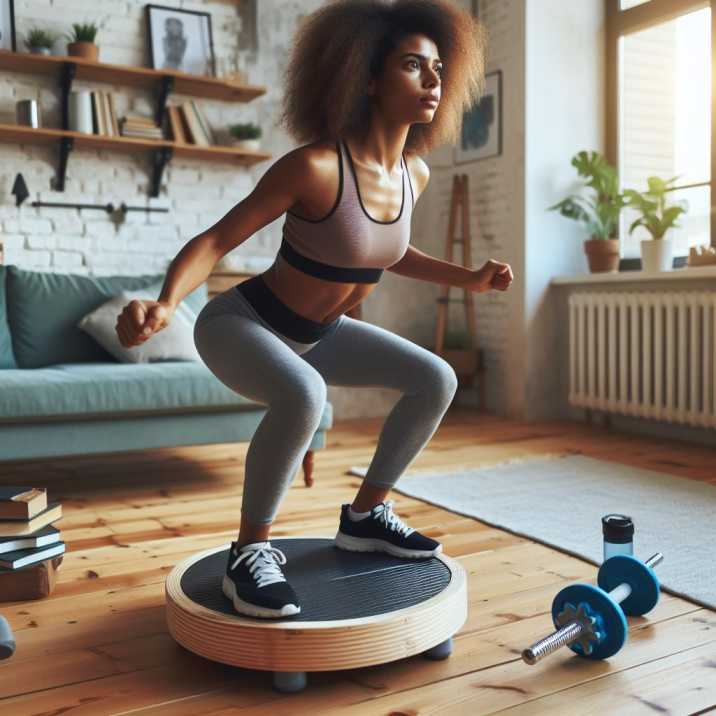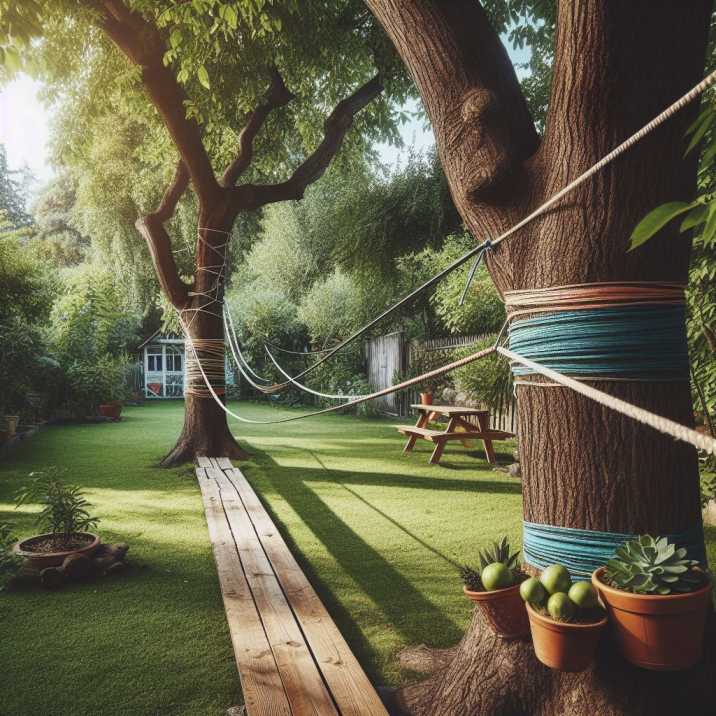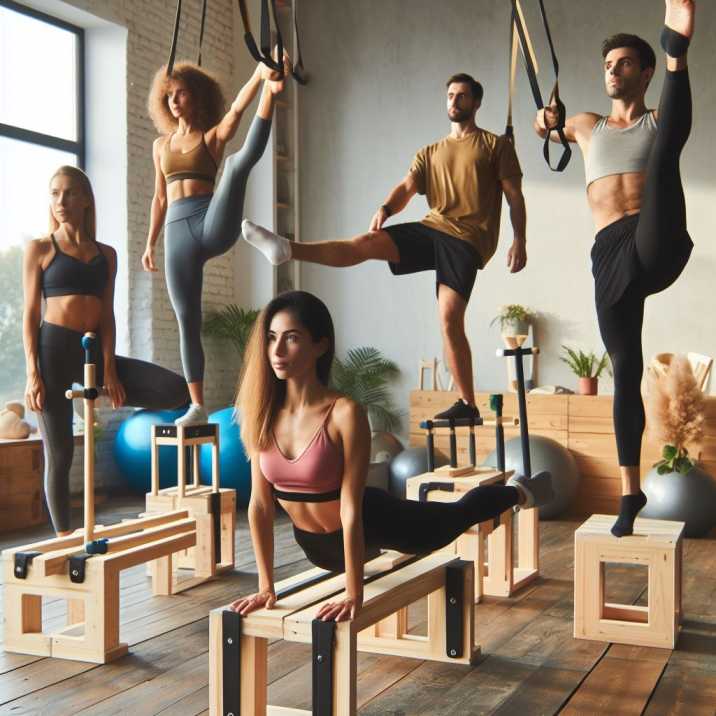DIY Balance Equipment for Home Practice
Table of Contents
Introduction
Before we dive into the intricacies of DIY balance equipment, let’s understand why balance training is crucial. Whether you’re an athlete, a fitness enthusiast, or just someone aiming for better overall health, balance plays a pivotal role in preventing injuries and enhancing performance. In this article, we will explore various DIY balance equipment options that are easy to create, effective in practice, and cater to individuals of all fitness levels.
Mastering Stability at Home with DIY Balance Equipment for Home Practice
In the fast-paced world we live in, finding ways to maintain a healthy lifestyle without stepping out of the house has become increasingly important. One aspect that often gets overlooked is balance training. Whether you’re an athlete looking to enhance your performance or someone simply striving for overall well-being, incorporating DIY balance equipment into your home practice can make a significant difference.

Unleashing the Fun: DIY Balance Equipment That Will Keep You Engaged
Balance training doesn’t have to be a dull or monotonous routine. In fact, it can be an enjoyable and creative process. Imagine crafting your own balance tools that not only serve the purpose but also add an element of fun to your workout. Let’s delve into some exciting DIY projects that will transform the way you approach stability training at home.
The Foundation of Balance: Why It Matters
To comprehend the significance of incorporating balance exercises into your routine, it’s essential to understand the role balance plays in our daily lives. From preventing falls to improving coordination and stability, a strong foundation of balance contributes to overall well-being.
DIY Wobble Board – A Simple Yet Effective Solution
Crafting your own wobble board at home is an excellent way to kickstart your balance training. Begin with a sturdy piece of wood and a cylindrical object, such as a PVC pipe. Attach the pipe to the center of the board, creating a wobbly surface. Use it for exercises like squats or single-leg stands to strengthen your core and lower body.
Balancing Act: DIY Stability Discs for Added Challenge
For those seeking an extra challenge, crafting stability discs at home is a game-changer. Using inflatable discs or even repurposing old yoga mats, you can create unstable surfaces that engage various muscle groups. These DIY balance equipment for home practice stability discs add versatility to your routine, making each workout session both challenging and dynamic.
Bringing Creativity to Balance: DIY Slackline Setup
Take your balance training to new heights with a DIY slackline setup. String a sturdy nylon rope between two anchor points, creating a makeshift slackline. This not only enhances your balance but also improves focus and concentration. It’s a perfect addition to your backyard or any open space at home.

Maintaining Consistency: Integrating DIY Balance Equipment Into Your Routine
Creating DIY balance equipment for home practice is just the beginning; incorporating it into your daily routine is the key to success. Find a dedicated space in your home where you can perform balance exercises without any hindrance. Consistency is the linchpin of effective balance training, so make it a part of your regular workout regimen.
Conclusion: Striking the Perfect Balance
As we wrap up our exploration of DIY balance equipment for home practice, remember that achieving stability is not just about physical well-being but also about the joy of creating and innovating. By integrating these homemade tools into your routine, you not only enhance your physical fitness but also add an element of excitement to your daily regimen. Keep the focus on consistency, creativity, and the sheer enjoyment of the process, and you’ll find yourself mastering the art of balance in no time.

FAQs:
Q1: Why is balance training essential for overall health?
A1: Balance training is crucial for preventing injuries, improving coordination, and enhancing overall stability. It contributes to better posture, joint health, and athletic performance.
Q2: Can anyone benefit from DIY balance equipment, regardless of fitness level?
A2: Absolutely! DIY balance equipment can be adapted to suit various fitness levels. Beginners can start with basic exercises, while more advanced individuals can add complexity to their routines.
Q3: Are DIY balance tools suitable for children? A3: Yes, many DIY balance tools can be adjusted for children. However, it’s essential to supervise them during exercises to ensure safety.
Q4: How much space do I need for these DIY balance exercises at home?
A4: Most DIY balance exercises can be performed in a small dedicated space at home, such as a corner of a room or even in the backyard. Adapt the exercises to fit your available space.
Q5: Can DIY balance equipment replace professional gym equipment?
A5: While DIY solutions offer cost-effective alternatives, they may not fully replace specialized gym equipment. However, they are excellent additions to your home fitness routine.
Q6: Are there specific precautions to consider before starting balance training?
A6: It’s advisable to consult with a healthcare professional before starting any new fitness regimen, especially if you have pre-existing health conditions. Ensure that the DIY equipment is sturdy and safe to use.
Q7: How often should I incorporate DIY balance exercises into my routine?
A7: Consistency is key. Aim for at least 2-3 sessions per week, gradually increasing the intensity and duration as your balance improves.
Q8: Can I create DIY balance equipment with household items?
A8: Absolutely! Many DIY balance tools can be crafted using everyday items like wooden boards, PVC pipes, yoga mats, and ropes. Get creative with what you have at home.
Q9: What are some beginner-friendly DIY balance exercises?
A9: Simple exercises like standing on one leg, using a DIY wobble board, or practicing on a stable surface can be great for beginners. Gradually progress to more challenging exercises as you build confidence.
Q10: How long does it take to see improvements in balance with these DIY exercises?
A10: Results vary, but with consistent practice, you may start noticing improvements in a few weeks. Patience and regularity are key components of successful balance training.


